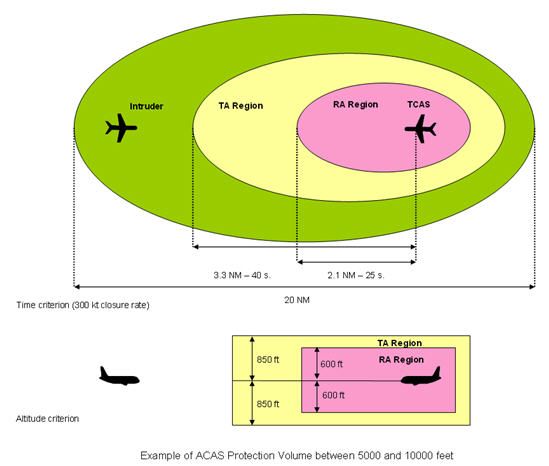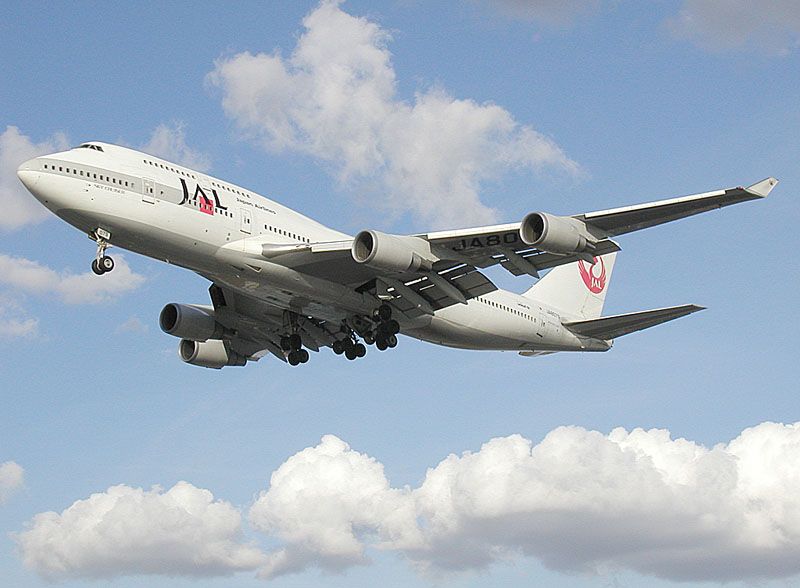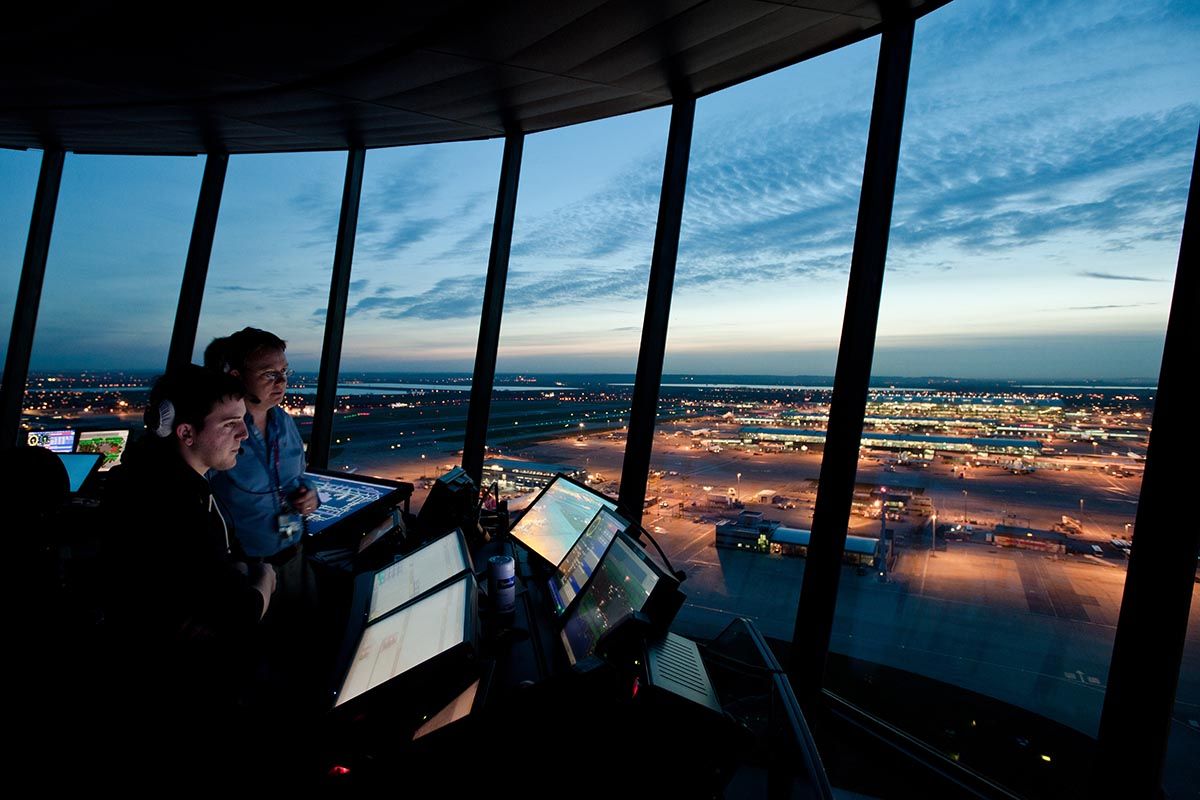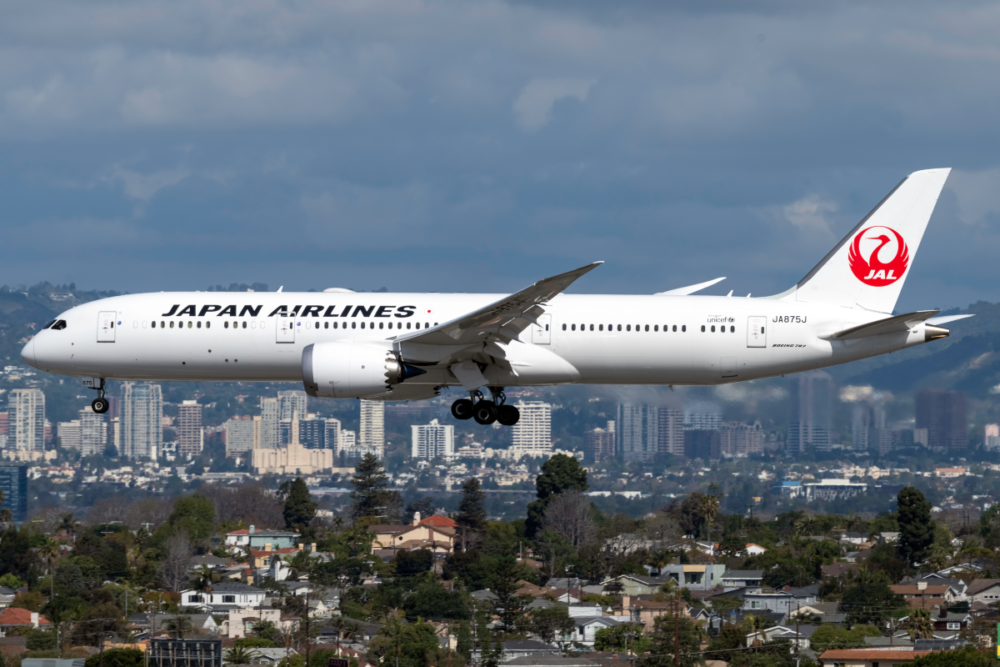
Summary
- Near-miss raised the alarm: 20+ close calls in 2023, 75% understaffed ATC facilities.
- JAL incident: conflicting orders led to the plane’s near collision, crew injury, and no fatalities.
- Fallout: ATC negligence was indicted, and TCAS regulations were updated to prioritize avoidance.
Unfortunately, near-miss incidents in aviation have sparked heightened concerns about safety throughout history and more recently. These occurrences, some of which could have resulted in mass casualties, have prompted regulators such as the Federal Administration (FAA) and the International Civil Aviation Organization (ICAO) to issue more guidance on day-to-day procedures for pilots and air traffic controllers (ATC).
Although 2023 came with many near misses in the US, one incident occurred over two decades ago in Suruga Bay in Japan. Two widebody aircraft operated by Japan Airlines (JAL) carrying more than 600 passengers came within a few feet of each other at their respective cruising altitudes.
Like many others over the years, the event has served as a wake-up call for the industry and highlighted the importance of communication between pilots and the ATC. Investigations into more recent incidents have also examined pilot mental and physical health and ATC staffing issues.
Last year, there were more than 20 serious close calls, while over 75% of ATC facilities were understaffed. The extremely dangerous JAL situation raised questions about what caused both planes to come so close to each other, even though it was planned that they would pass each other about 2,000 feet apart.
Conflicting orders
The incident happened on January 31, 2001 – a day that began like any other for the passengers and crew onboard each aircraft. As noted by the Tokyo Weekender, the mishap involved a McDonnell Douglas DC-10-40 which was operating as JL958 with 237 passengers and 13 crew members onboard, and a Boeing 747-400 was operating as JL907, carrying 411 passengers and 16 crew members. JL958 was enroute to Naha Airport (OKA) in Okinawa, Japan, from Haneda Airport (HND) in Tokyo. JL907 had taken off from Gimhae International Airport (PUS) in Busan, South Korea, and was traveling to Tokyo’s Narita Airport (NRT).
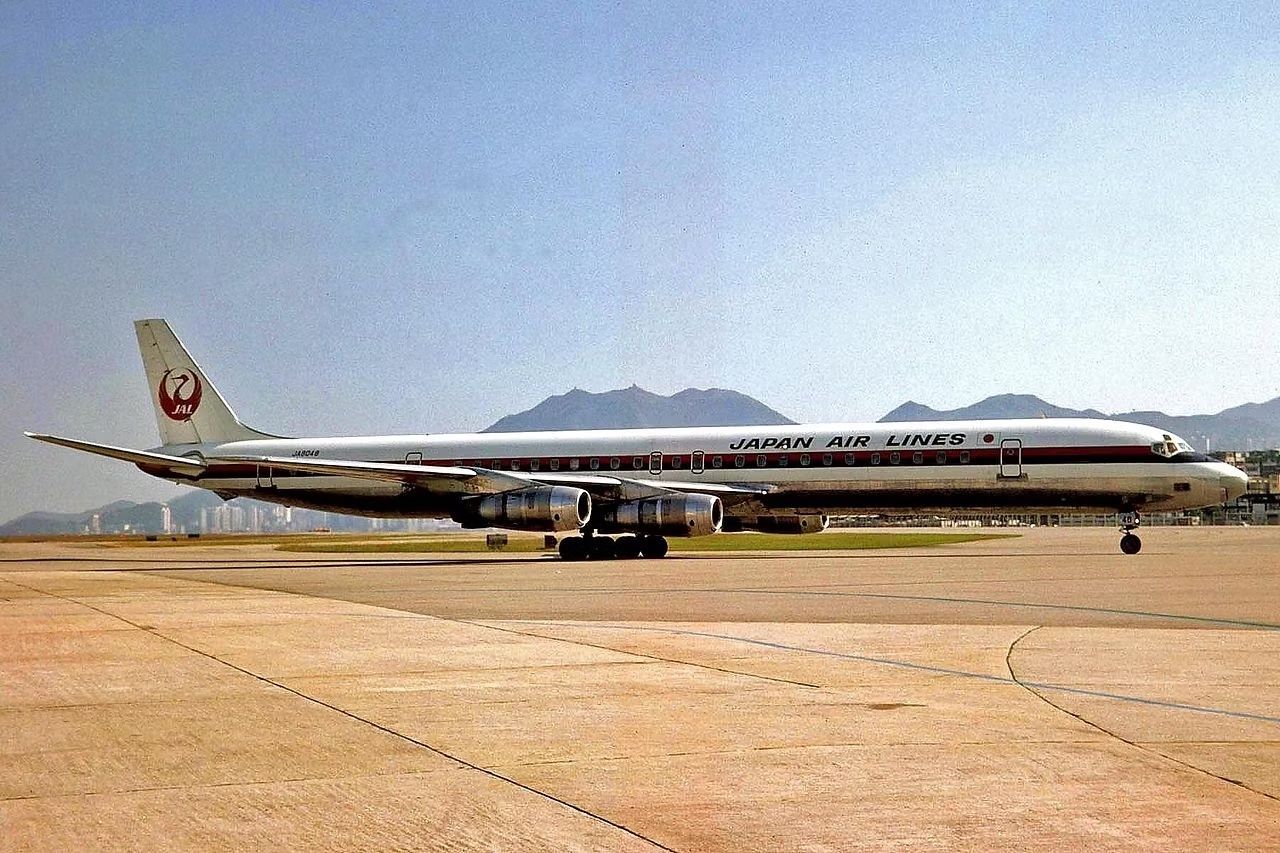
Looking Back: The Crash Of Japan Airlines Flight 350
The loss of Japan Airlines Flight 350 was attributed to the deliberate actions of the Captain flying that day.
According to Skybrary, JL907 had a crew of four pilots: the captain, the first officer, and two co-pilots seated behind. JL958 had a crew of three pilots: the captain, the first officer, and the flight engineer. Both widebody aircraft were equipped with a Traffic Collision Avoidance System (TCAS), the airborne collision avoidance system, even though the near miss occurred during daylight hours when weather conditions were clear.
Commanding JL907 was 40-year-old Captain Makoto Watanabe. After the flight departed from HND at around 15:30 local time, it had nearly reached its cruising altitude 15 minutes later, climbing from around 35,000 feet (FL350) to 37,000 feet (FL370).
Photo: Skybrary
The TCAS alarmed the pilots during its climb and instructed them to continue. However, just before the system’s indication, ATC in Tokorozawa, Saitama, had ordered the crew to descend. Watanabe chose to follow the instructions of the ATC, one of whom was Hideki Hachitani, a 26-year-old trainee.
At the time, Hachitani oversaw 14 different aircraft and intended to give a descent order to JL958, which was already situated at FL370. Upon realizing a disaster was imminent, Hachitani tried to instruct the crew commanding JL958 to make an “evasive” turn to the right, but the information did not reach the crew.
Yasuko Momii, Hachitani’s supervisor, ultimately stepped in to get the situation under control. However, she mixed up JL907’s flight number and gave climbing commands to flight 957 instead, which was not even in the particular airspace. At that point, both aircraft were headed straight toward each other. When Watanabe saw JL958 coming toward him, he decided to pitch the 747’s nose down as he was worried that if he pitched up, the aircraft would stall due to insufficient thrust.
“A big aircraft passed below us in an instant”
The two planes came dangerously close to each other but avoided disaster thanks to Watanabe’s quick actions despite receiving two conflicting commands from the TCAS and ATC. In a statement obtained by the Tokyo Weekender, the pilot recounted the harrowing situation to the Aircraft Railway Accidents Investigation Commission (ARAIC).
“After that I saw the other aircraft appear to pass from right to left at about eye level. I indicated in the Captain’s Report that the closest vertical separation from the other aircraft was approximately 10 meters. While we were maneuvering to pass just below DC-10, it appeared to fill the forward right window, but we were able to avoid a midair collision.”
Tatsuyuki Akazawa, the Captain of JL958, also reflected on the near-deadly incident.
“The other plane appeared to be descending in the same way as us. I could see the top of the fuselage and I judged that it was increasing its descent rate, so I felt the situation was extremely dangerous. I think the other pilot felt the same, but we had no time to communicate and we both pulled back on the yokes simultaneously. He increased power. After that I made evasive maneuvers while looking outside…. a big aircraft passed below us in an instant.”
After avoiding disaster, the passengers on JL958 were left somewhat shocked and shaken, and the plane subsequently arrived safely at NRT. In contrast, those on JL907 had a different experience as the fasten seatbelt sign was switched off, and the flight attendants were in the middle of their inflight service. Due to the force of the aircraft pitching down, two large service carts, each weighing 112 pounds, were thrown up to the cabin’s ceiling.
One cart jammed into the overhead compartments while another unfortunately hit a passenger. A boy flew across four rows of seats, and one lady broke her leg. Around 100 people in total suffered injuries as a result. Nine people were seriously hurt, including two flight attendants, but thankfully, there were no fatalities.
The aftermath
- The prosecution pushed for a 10-year sentence for Hachitani and 15 years for Momii.
- The judge overturned: 12 months for Hachitani and 18 months for Momii.
In the fallout of the close call, Hachitani and Momii were indicted for professional negligence. Although they both pleaded innocent at a hearing at a Tokyo District Court in 2004, prosecutors pushed for Hachitani to serve a 10-year sentence and a 15-year sentence for Momii. However, a judge found the pair guilty, but a subsequent overturning of the decision led to a 12-month sentence for Hachitani and an 18-month sentence for Momii.
Photo: NATS
With the TCAS proving that it provided the appropriate instructions to Watanabe to avoid the collision, the ARAIC petitioned the ICAO to make its regulations clear that TCAS instructions should take precedence over ATC instructions. One year later, 69 people were killed after a Tupolev Tu-154 aircraft and a 757 cargo jet collided inflight in Germany.
An investigation into the crash found that it would have been avoided if the pilots had followed automated instructions rather than directions from ATC. In 2003, the ICAO updated its regulations, ordering all pilots to follow TCAS commands onboard over ATC instructions.
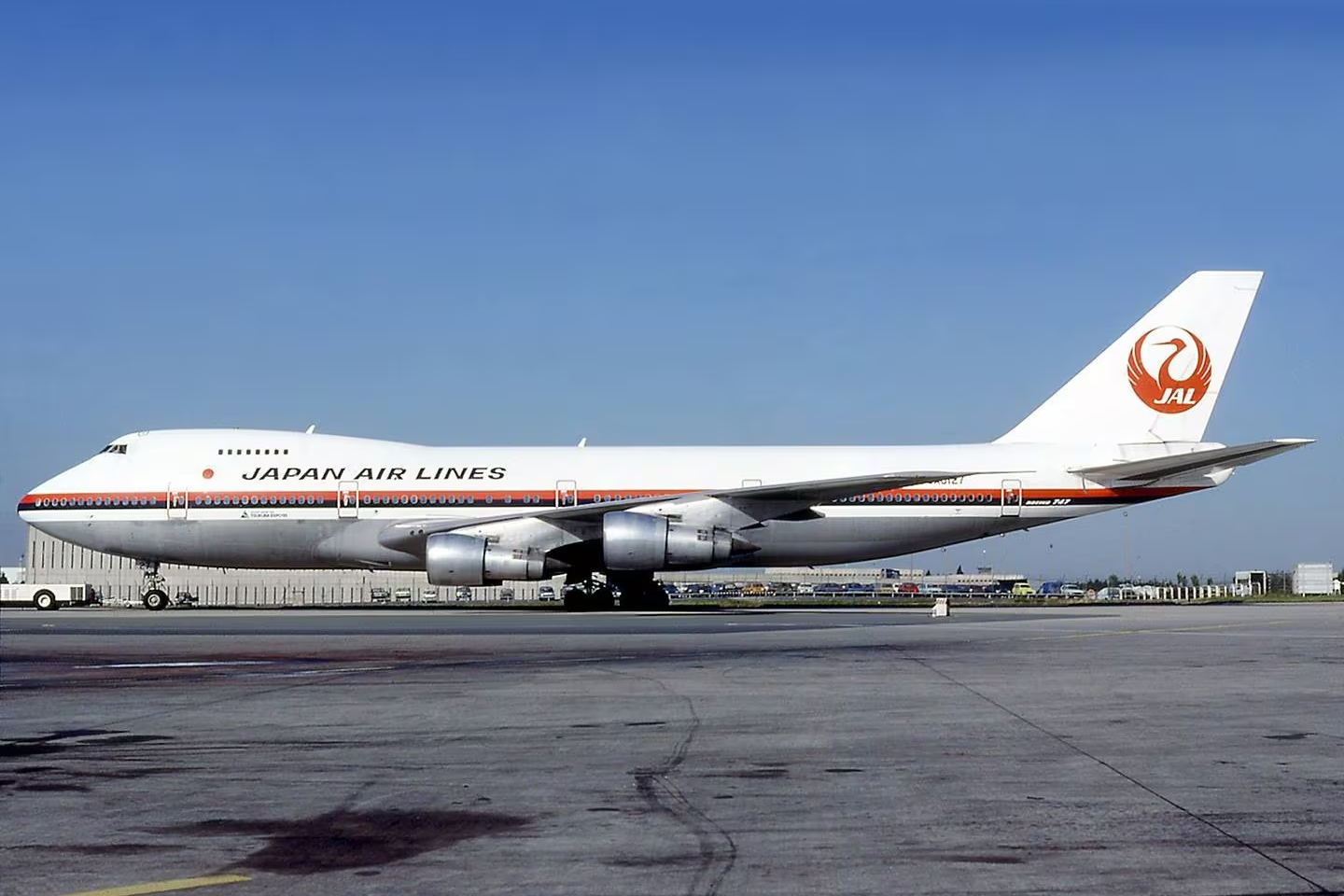
How Did Japan Airlines Find Itself In The Middle Of A Food Poisoning Scandal In 1975?
The Japanese flag carrier was involved in the largest aviation-based food poisoning incident in history.
Discover more from reviewer4you.com
Subscribe to get the latest posts to your email.
